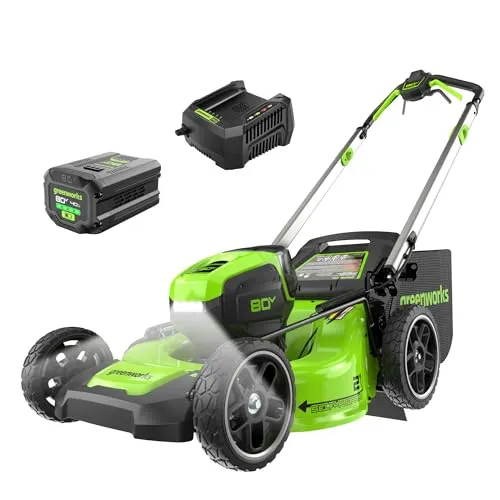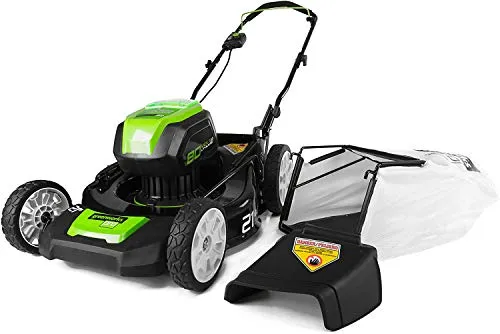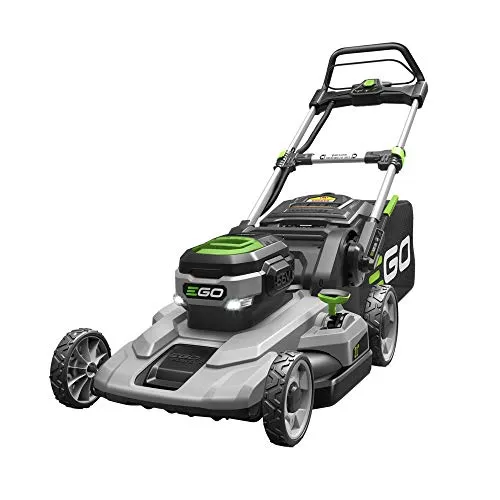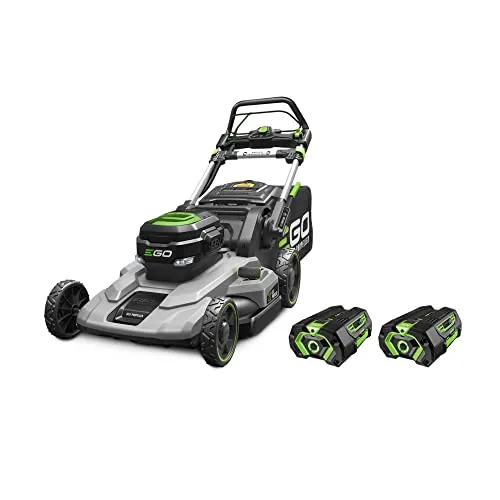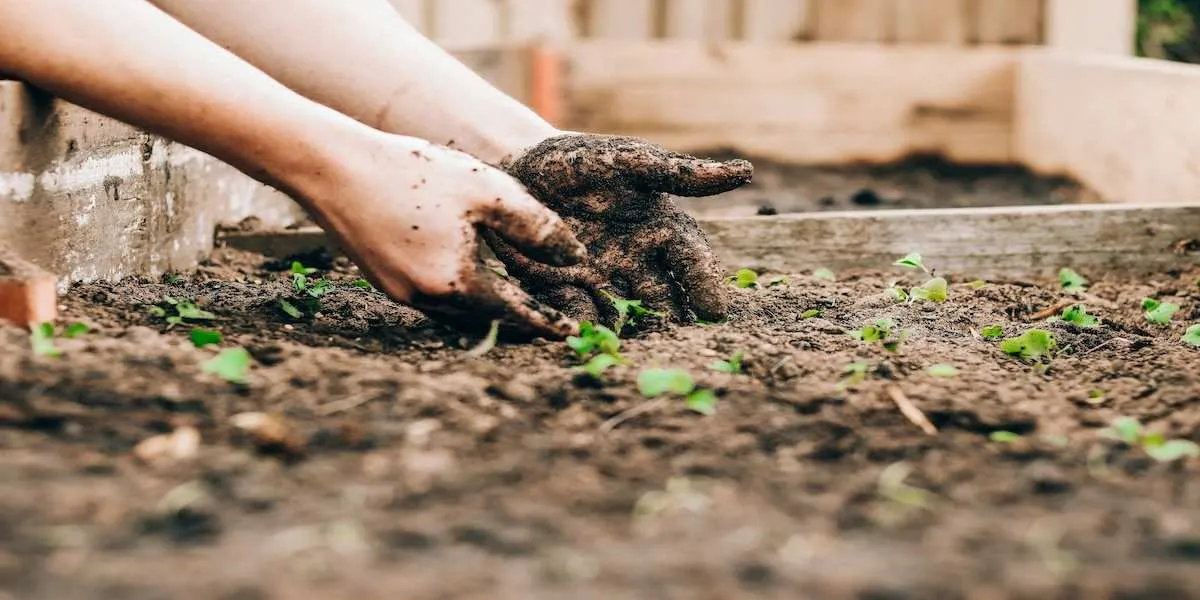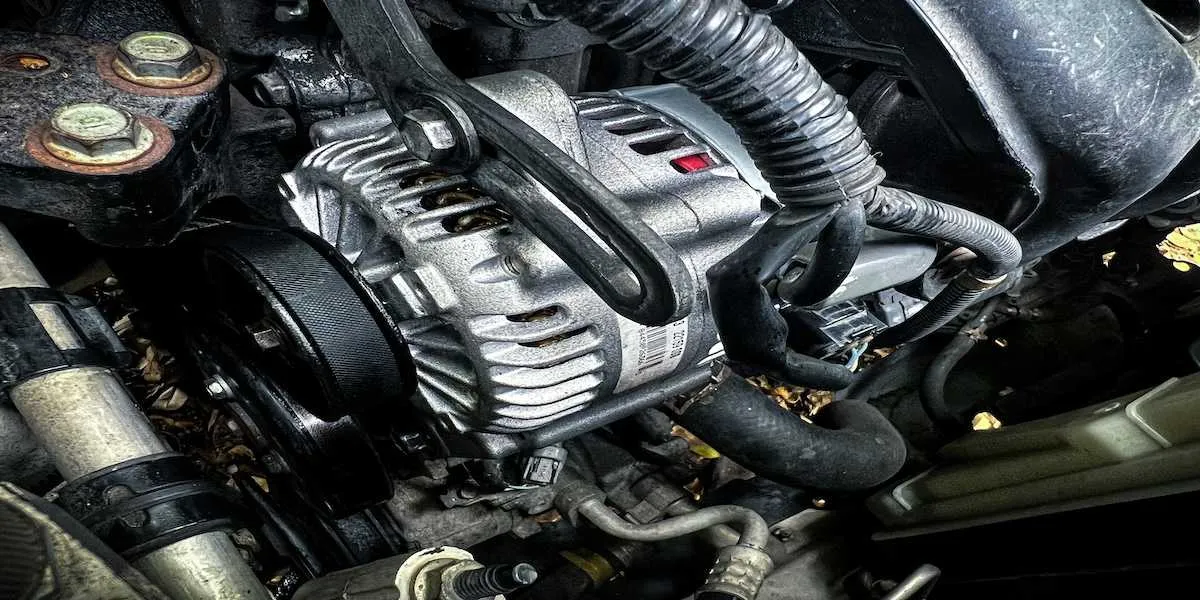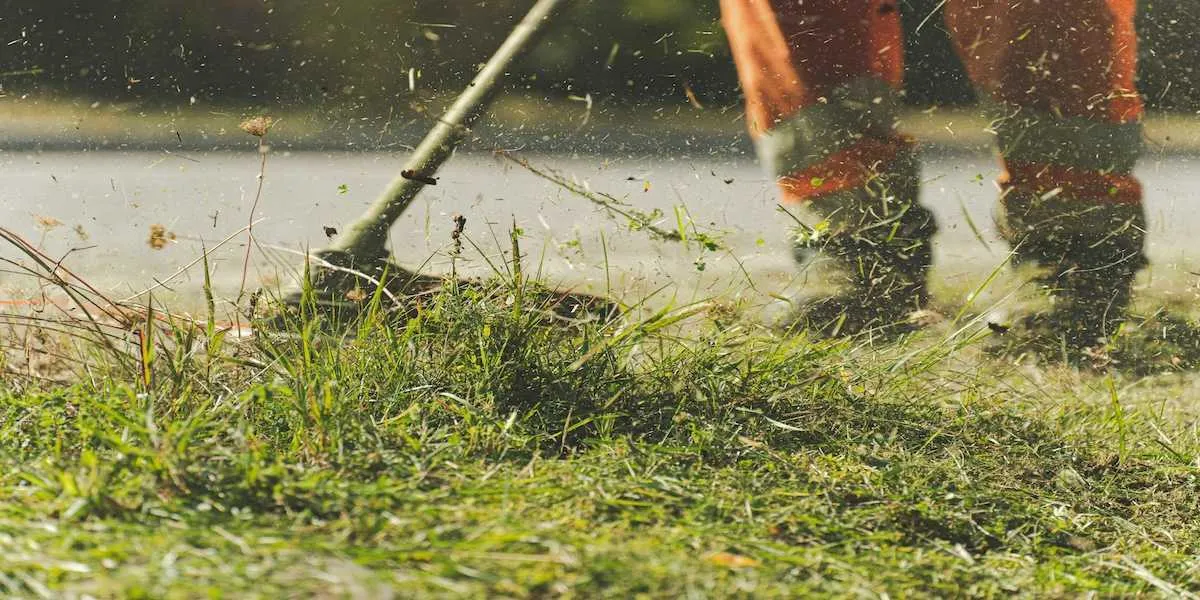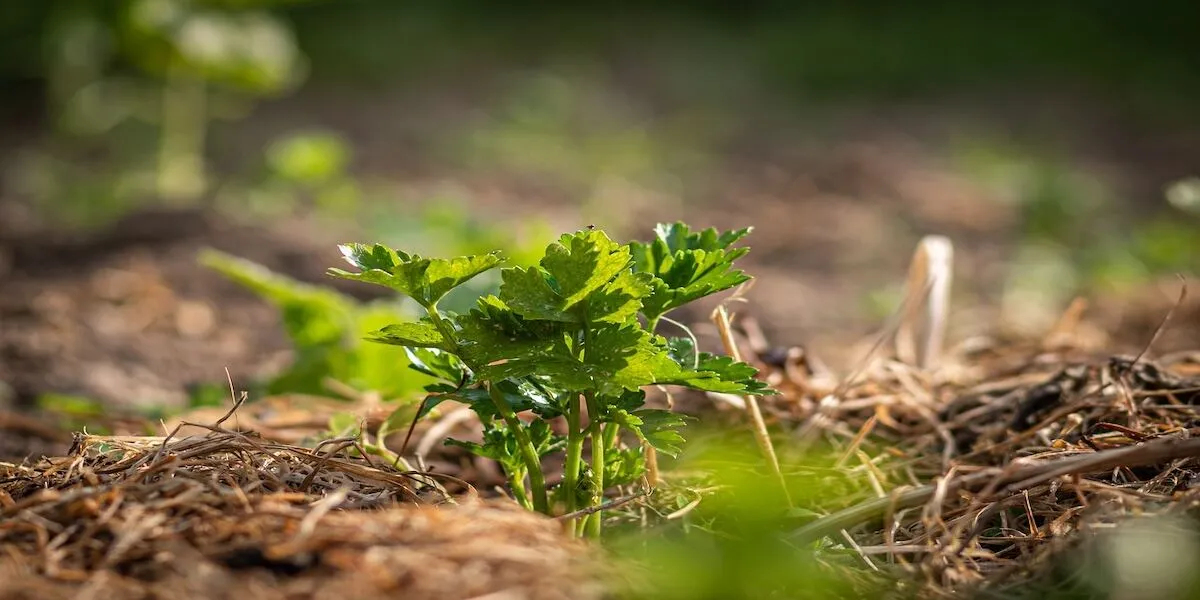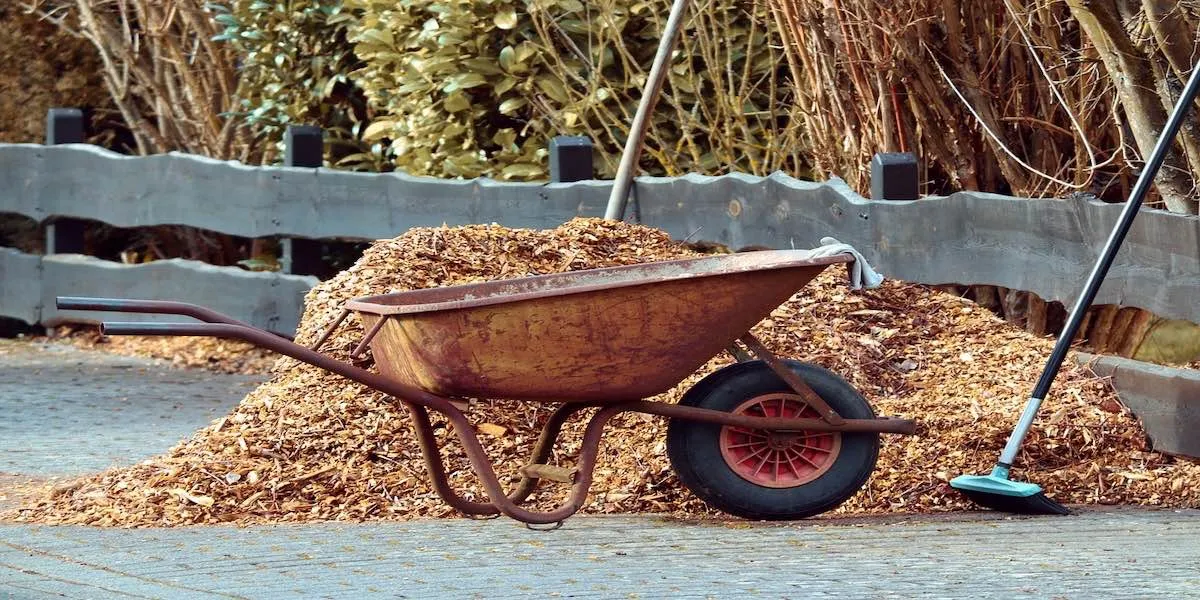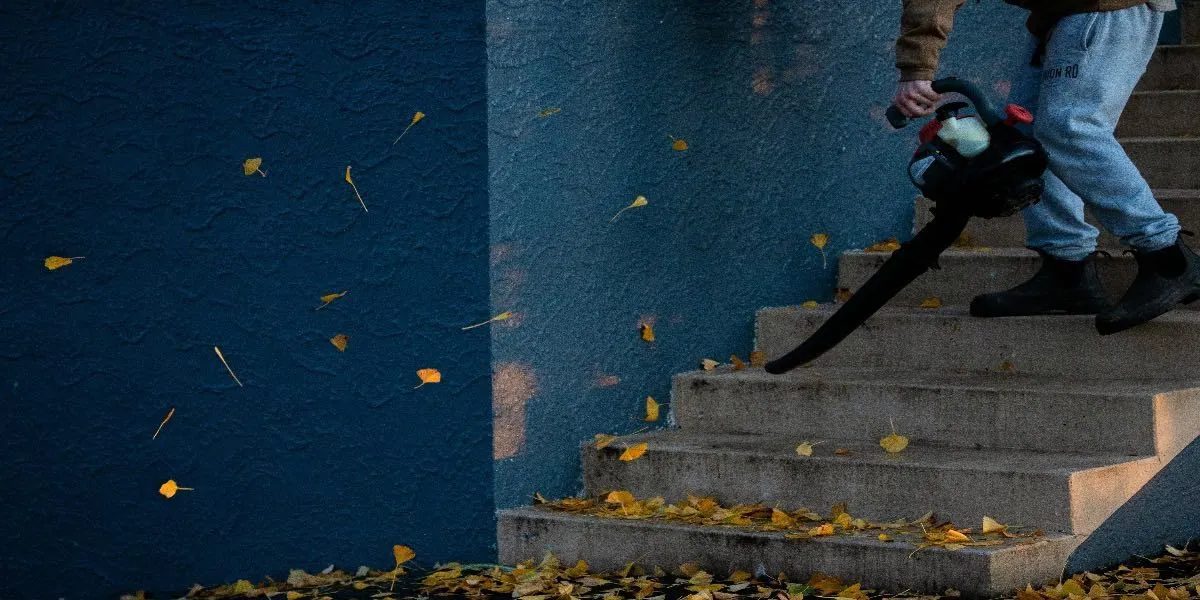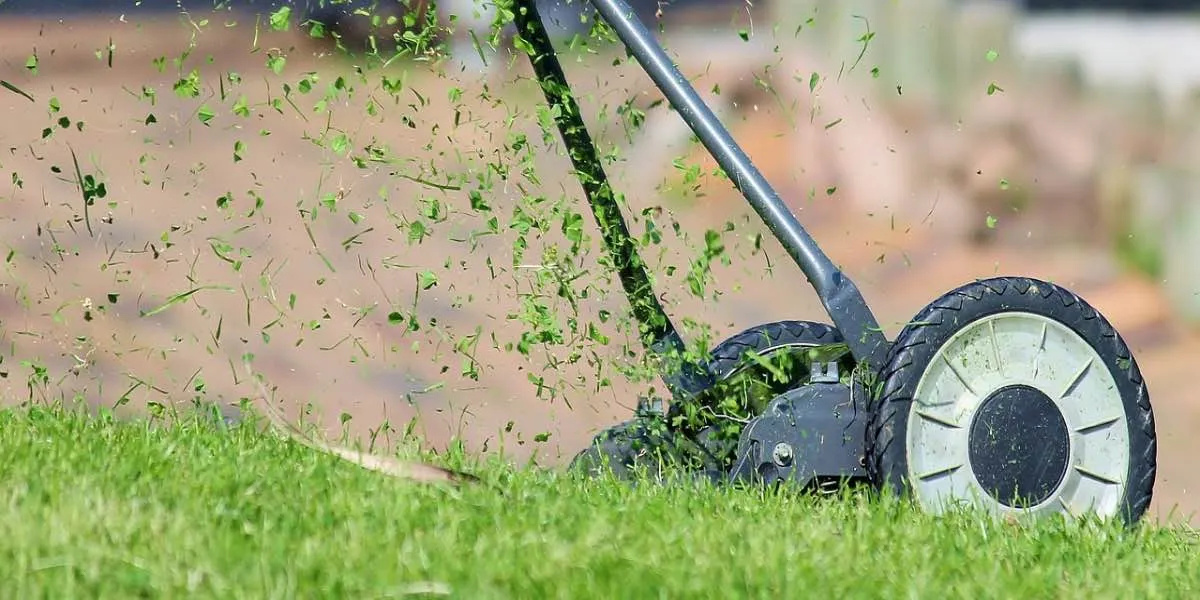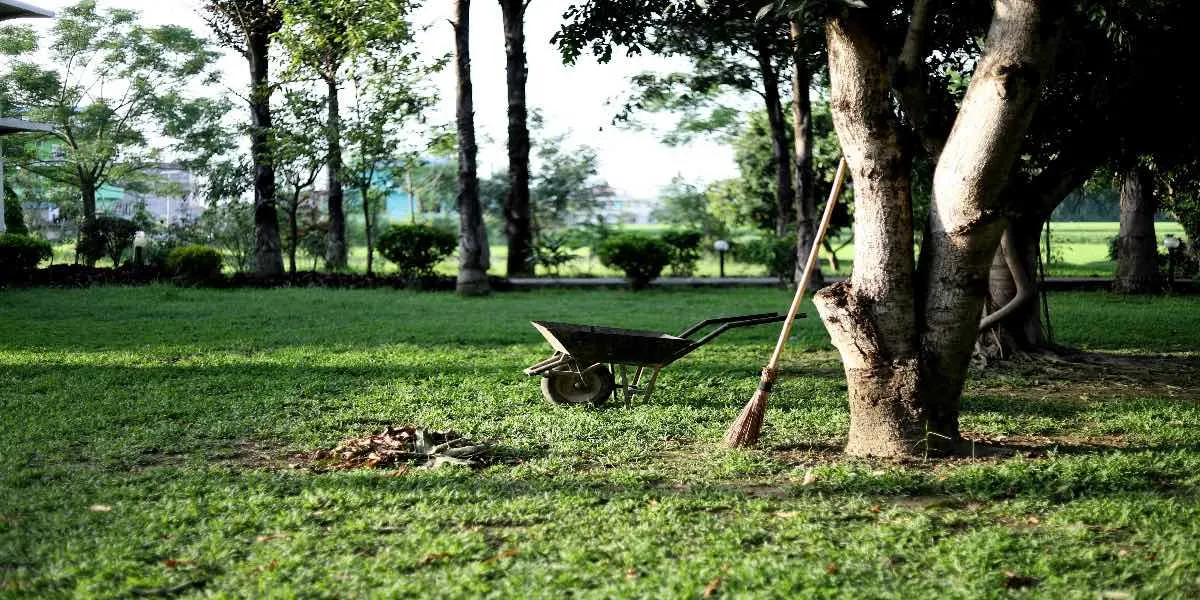Can I Buy St. Augustine Grass Seeds? And other Important Facts

Jeffrey Tung on Mar 7, 2024
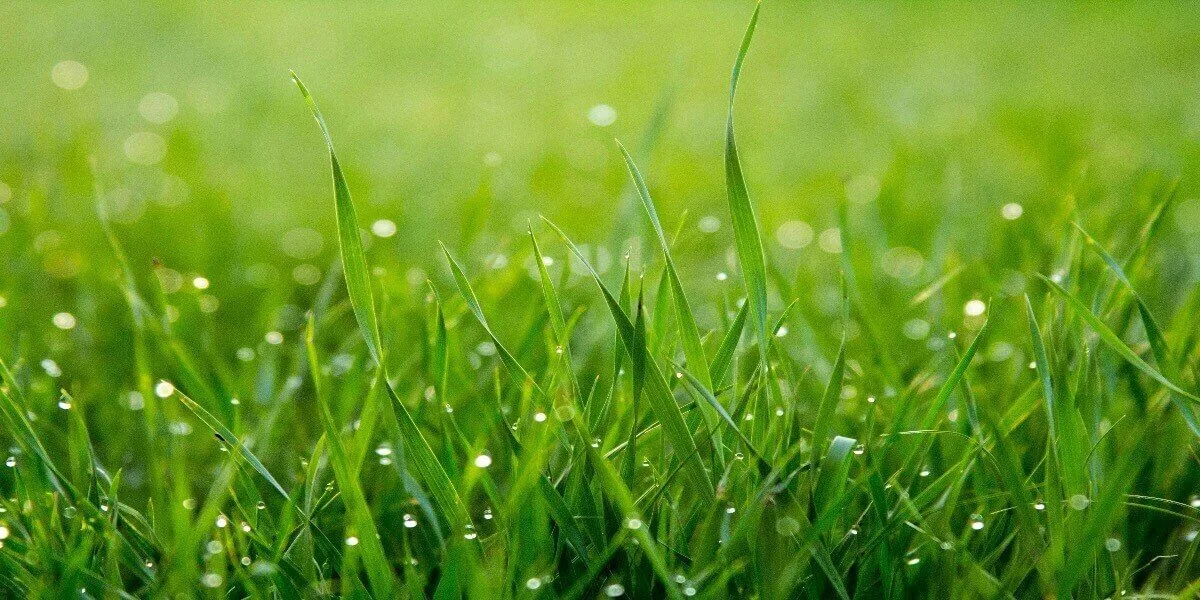
We earn affiliate commissions at no extra cost to you.
Choosing the right grass for your lawn is crucial in achieving that picture-perfect garden carpet. One of the more popular choices among homeowners is the St. Augustine grass.
But what makes this grass special?
What is St. Augustine Grass?
St. Augustine grass (Stenotaphrum secundatum) or buffalo turf is a warm-season turfgrass known for its dense, carpet-like growth and vibrant green or bluish-green color. It's a popular choice for lawns in the Southern United States and other subtropical regions because it thrives in hot, humid climates.
Does St. Augustine grass have seeds?
If you're asking whether you can buy St. Augustine grass seeds to plant in your yard, the answer is no. You will never see a St. Augustine grass seed for sale in your local nursery.
This grass type is not grown from seed and is primarily propagated through plug or sod.
But take note.
St. August does produce seed heads, which are stalk-like structures that bear individual seeds. However, they're not commercially available because there's no reliable way to harvest them. Also, growing St. Augustine grass from seeds is extremely difficult.
But why?
Well, St. Augustine grass is sterile. It means they do not produce viable seeds or those that can reliably germinate.
Moreover, if the St. Augustine seeds do germinate, the resulting seedlings often show significant variation in characteristics such as color, thickness, and growth rate. This lack of uniformity makes seeding St. Augustine grass an unreliable method for establishing a lawn.
If you want to have a St. Augustine lawn, your best option are St. Augustine grass plugs or sods.
Sods are pre-grown grass turf that can be rolled out and laid directly into the soil. They are more expensive but easier to place and bring instant results. You can have a lush lawn in minimal time.
Plugs, on the other hand, are small sections of grass sods that are planted individually. They are cheaper than sods. However, it may take up to a year before they are fully established. The runners need time to spread out and cover your entire lawn. So if you're looking to fill only a small patch or don't mind waiting, you can choose plugs over sods.
How do I know if it's right or my yard?
St. Augustine grass grows best in regions with hot summers and mild winters. Its also tolerant to salt, so it's an excellent choice for coastal areas. Additionally, it thrives in lawns with partial shades, making it a versatile option for a variety of yard conditions.
You should also consider the following advantages and disadvantages when making your decision.
Advantages
- Dense Growth Habit: St. Augustine grass forms a thick, lush carpet that provides a vibrant backdrop to your landscape and a soft comfortable surface for walking or playing.
- Salt Tolerance: St. Augustine can tolerate salt, making it a great option for coastal areas or yards with saline irrigation water.
- Weed Suppression: St. Augustine grass can effectively crowds out weeds, reducing the need for herbicide or constant weeding.
- Partial Shade Tolerance: While St. Augustine grass prefers full sun, it can tolerate moderate shade, making it suitable for lawns with trees or buildings that cast partial shade.
Disadvantages
- Susceptibility to Diseases: This grass is susceptible to certain diseases and pests. It requires regular monitoring and preventive measures to ensure a thriving lawn.
- Cold sensitivity: St. Augustine grass struggles in colder climates, showing sensitivity to frost and freezing temperatures. It can also turn brown in lower temperatures.
- High Water Needs: While it can tolerate drought conditions once it's established, St. Augustine requires regular watering to maintain its vibrant appearance.
- Well-Drained Soil Needed: St. Augustine grass loves water. However, overwatering can lead to shallow root systems and rot. That's why it requires well-draining soil for it to thrive.
How do I plant my St. Augustine sod and plugs?
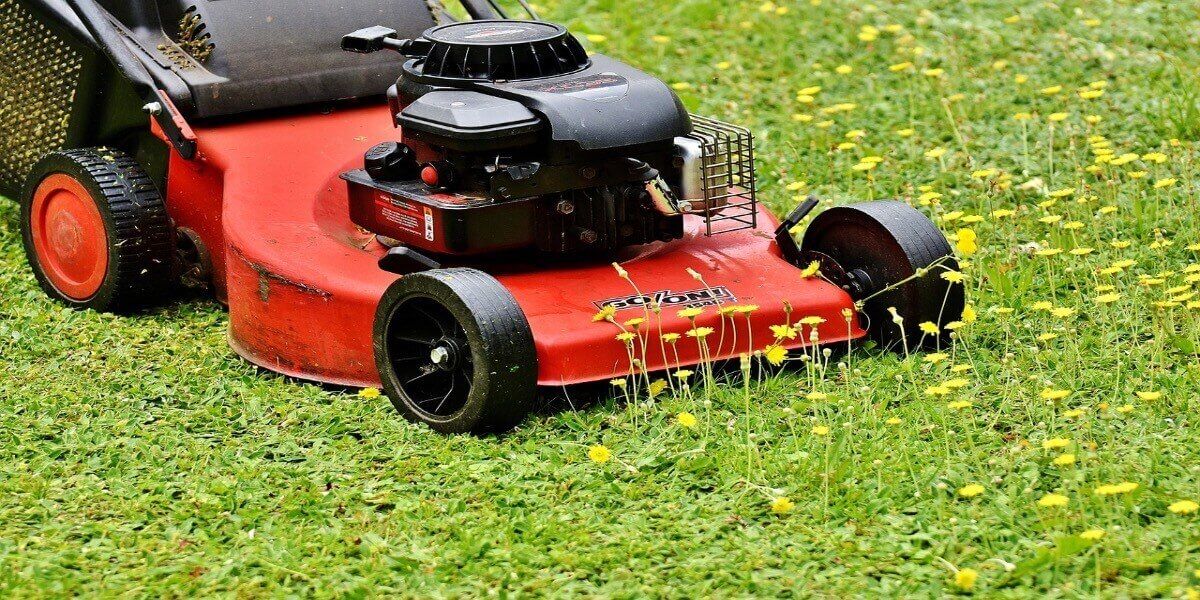
When installing St. Augustine sod or pugs, it's essential to properly prepare the soil. Begin by tilling and removing any debris, old grass, or weeds. Measure the area where you'll be installing your sod or plugs to know how much you need. Before planting, make sure to level the soil.
To lay the sod, roll it out in a staggered pattern, ensuring the edges are tightly butted together to minimize gaps. Water the sods thoroughly after installation and keep it well-watered until it establishes roots in your new lawn.
For grass plugs, space them approximately 6-12 inches apart in a diamond pattern. Once transplanted, water them immediately. Keep the soil consistently moist to encourage better growth.
When's the best time to plant St. Augustine grass?
The best time to plant St. Augustine grass is from April through June, or early summer, when the soil is warm enough to promote rapid root growth. Planting during this period gives the grass the best chance of establishing before the onset of the summer heat.
How do I maintain my St. Augustine Grass Lawn?
- Avoid overwatering to prevent water-related issues like thatch and mildew. Water deeply and allow the soil to dry out slightly in between watering to promote deeper root growth.
- Don't forget to apply fertilizer according to the recommended schedule for your specific St. Augustine grass variety. Fertilize every 6-8 weeks. It's best done in the early spring and summer.
- Use pesticides as needed to control pests and diseases that may threaten your lawn.
- Dethatch if you see a thick layer of thatch, a stiff matt of dead stems or leaf that blocks the airflow into the grass.
- Mow at the right height. Maintain approximately 3-4 inches in height, taking care not to remove more than one-third of the grass blade length at a time.
Where do I buy St. Augustine grass sod and plugs?
St. Augustine grass plugs and sods can be purchased from local nurseries, garden centers, and online retailers specializing in turf grasses. Choose reputable suppliers that offer healthy, vigorous plugs and provide comprehensive planting instructions and lawn care advice.
Whether you choose sod or plugs, the key lies in providing the right conditions for your grass to thrive and create a green oasis in your outdoor space.

